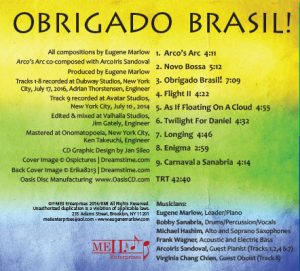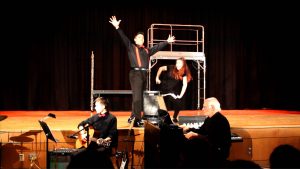 The Marlowsphere Blog (#137)
The Marlowsphere Blog (#137)
A few weeks ago my wife and I attended a musical revue—“No Day But Today” —mounted by the Drama Club of Maple Hill High School in Rensselaer County (in upstate New York, across the river from Albany). Our niece, Rachel, a junior, was one of the featured performers.
The other students—ranging from freshman to seniors—presented songs from a host of established Broadway musicals, including “Something Rotten!,” “Cabaret,” “Footloose,” Hair,” “In The Heights,” “Avenue Q,” “Annie Get Your Gun,” and “Rent,” among a few others. Instead of a presentation of song after song, the students wrote a script with a story line that led from one song to the next. It made the show enjoyable and move along nicely.
The set was virtually a bare stage with some scaffolding-type ladders upstage. The costuming was mostly black with splashes of red. The lighting was nominal (the light cues were clunky, at best). The sound system was funky. Throughout the performance a student’s electronic microphone would go in and out; regardless, the mostly family-filled audience was highly forgiving and, of course, enthusiastic at every turn.
The performances ranged from highly engaging to “yes, we know this is a high school show.” Some students had great voices and inherent stage presence (our niece included). Most of the students had nominal voices—one male student sang a duet an octave lower than necessary. You could hardly hear him, even with the microphone.
At the end of the 90-minute performance, the 27 student-performers took their collective bows, and the pit band (guitar, drums, and piano/synth) was given its due, as were the backstage crew, sound technicians, lighting folks, teacher advisors, stage manager, and director. Flowers were abundant. Milling among the audience after the house lights came up, congratulations were had all around. You would have thought the show had just earned a Tony for “Best Musical.”
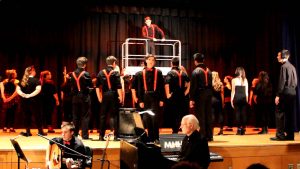 It was a 90-minute show perhaps typical of middle school and high school shows across the country. Will it ever make it to a larger audience? No. Was it heralded in the local press as the show of shows of 2017? No. Was it a spectacular moment in the annals of The Maple Hill High School Drama Club? Perhaps.
It was a 90-minute show perhaps typical of middle school and high school shows across the country. Will it ever make it to a larger audience? No. Was it heralded in the local press as the show of shows of 2017? No. Was it a spectacular moment in the annals of The Maple Hill High School Drama Club? Perhaps.
But none of this matters.
What matters is that this “musical revue” happened in the first place. What matters is that these 27 participating students took the initiative to mount this performance, write the narration, engage students and parents to support the performance, and get on that stage and take the risk to put on a “live” show despite the fact that the school has no official drama club, much less a budget for one. They did this on their own.
Whether highly professional or barely amateurish, the act of taking the risk of putting on a live creation, regardless of the content, is an act of courage and actualization. And to be doing this in one’s tender adolescent high school years is even more reason to applaud it.
The show’s director, Emma Grace Myers, put it even more plainly. In the program she points out that “Theatre education has proven to:
- Improve SAT scores
- Improve teamwork, leadership, and collaboration skills
- Improve skills and academic performance in children with learning disabilities
- Improve problem-solving and reasoning skills
- Improve self-esteem, self-reliance, and self-discipline
- Improve overall responsibility, confidence, empathy, and poise.
“No Day But Today” had two weekend performances, but I’m certain the memory of it will linger a lot longer, whether consciously or not, in the minds and bodies of the students who participated in it. And there should be more of this, especially 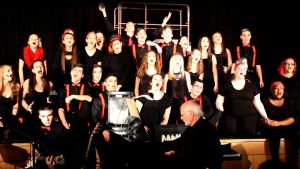 that once again in Washington, D.C. there are two-dimensional thinking conservative politicians who perceive that to “Make America Great Again” means doing away with the National Endowment for the Arts and the National Endowment for the Humanities.
that once again in Washington, D.C. there are two-dimensional thinking conservative politicians who perceive that to “Make America Great Again” means doing away with the National Endowment for the Arts and the National Endowment for the Humanities.
There are approximately 98,000 public schools in America, according to the U.S. Department of Education’s latest statistics. How many of them follow the model of the Maple Hill High School Drama Club is a matter of speculation; there are no statistics to provide a firm picture of this kind of “performing arts” activity. But it would be a striking movement forward if most of these public institutions supported and nurtured the kind of positive event that “No Day But Today” represents.
The fine and performing arts can reflect the positive character of a nation; not walls and trade tariffs.
Eugene Marlow, Ph.D., is an award-winning graduate of the High School of Performing Arts (New York City) where he studied drama, dance, and music.
All photos by Jan Sileo of “No Day But Today” Maple Hill High School Drama Club, Rensselaer, New York


 The Marlowsphere Blog (#136)
The Marlowsphere Blog (#136)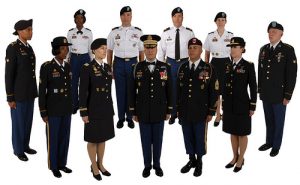 uniform also endows the wearer with responsibility and duty to one’s comrades, community and country. It is also symbolic: symbolic of authority and, in a sense, symbolic of the collective power of people and machines that can protect and destroy.
uniform also endows the wearer with responsibility and duty to one’s comrades, community and country. It is also symbolic: symbolic of authority and, in a sense, symbolic of the collective power of people and machines that can protect and destroy.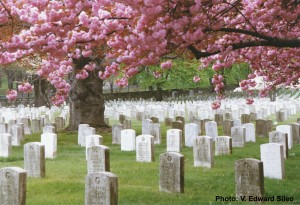 but there is no global culture. This journey has been and will be littered with the bodies of many people, some in uniform, others not. We will perhaps remember that there are no innocents in this matter and that change is not a gentle process. It is painful, but the result could be a new beginning.
but there is no global culture. This journey has been and will be littered with the bodies of many people, some in uniform, others not. We will perhaps remember that there are no innocents in this matter and that change is not a gentle process. It is painful, but the result could be a new beginning.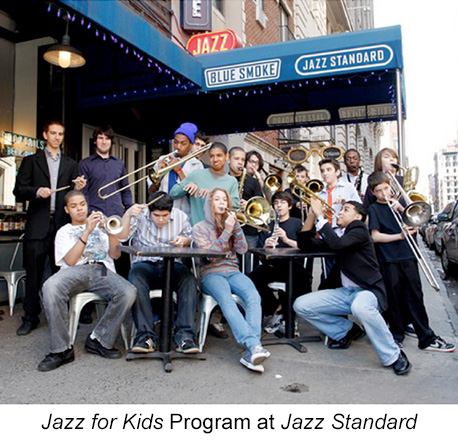 The Marlowsphere Blog (#135)
The Marlowsphere Blog (#135)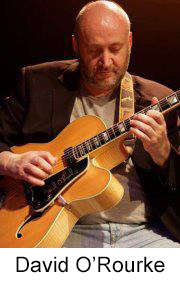 leading basement jazz venue. On the stage—a stage frequented on Monday nights by the Mingus Legacy Band and on other nights by many of the world’s leading jazzers—was a somewhat diminutive young girl (turns out she was nine and a student at Saint Ann’s located in Brooklyn Heights) at the piano performing Gershwin’s “Summertime.” She also worked through the standard “Blue Bossa.” She was accompanied by a much older, and much more accomplished upright bass player and drummer. Granted, she was no Joey Alexander—she played all the chords on “1” and her improvising was highly formative—but nonetheless there she was performing in a jazz trio.
leading basement jazz venue. On the stage—a stage frequented on Monday nights by the Mingus Legacy Band and on other nights by many of the world’s leading jazzers—was a somewhat diminutive young girl (turns out she was nine and a student at Saint Ann’s located in Brooklyn Heights) at the piano performing Gershwin’s “Summertime.” She also worked through the standard “Blue Bossa.” She was accompanied by a much older, and much more accomplished upright bass player and drummer. Granted, she was no Joey Alexander—she played all the chords on “1” and her improvising was highly formative—but nonetheless there she was performing in a jazz trio.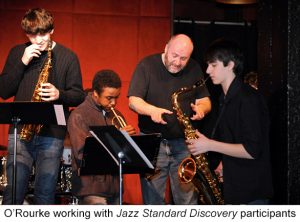 Following this audition, groups of junior high and high school students one after another took over the stage to rehearse. The quality of the playing was significantly higher, especially the bass players and the drummers. One pianist in particular, a senior level student from LaGuardia High School (at Lincoln Center) displayed a high level of technical ability and confidence. In a very quiet way he commanded not only the piano and the stage, but also the other players.
Following this audition, groups of junior high and high school students one after another took over the stage to rehearse. The quality of the playing was significantly higher, especially the bass players and the drummers. One pianist in particular, a senior level student from LaGuardia High School (at Lincoln Center) displayed a high level of technical ability and confidence. In a very quiet way he commanded not only the piano and the stage, but also the other players.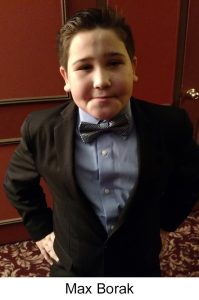 Frank Sinatra. Apparently, when he was younger he saw the movie “The Parent Trap” and fell in love with Sinatra’s rendition of the song of the same title. Try to imagine Wayne Newton’s voice in the body of an 11-year-old who is not yet five feet tall. This “kid” displayed poise and audience connection way beyond the norm. His use of the microphone also showed a professional understanding of stage mechanics. You’ll hear from him one day.
Frank Sinatra. Apparently, when he was younger he saw the movie “The Parent Trap” and fell in love with Sinatra’s rendition of the song of the same title. Try to imagine Wayne Newton’s voice in the body of an 11-year-old who is not yet five feet tall. This “kid” displayed poise and audience connection way beyond the norm. His use of the microphone also showed a professional understanding of stage mechanics. You’ll hear from him one day.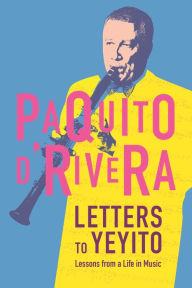
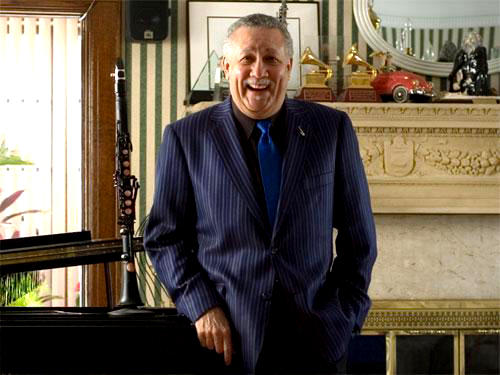 pianist Joanne Brackeen, Rodney Jones, Bruce Lundval, jazz event entrepreneur George Wein, pianists Bill Evans and McCoy Tyner, bassist Israel Cachao, local guitarist Carlo Emilio, saxophonist Phil Woods, saxophonist and flautist Frank Wess, soprano Martina Arroyo, trumpeter Claudio Roditi, bass guitarist Lincoln Goines, drummer Portinho, pianist Michael Camilo, trombonist Conrad Herwig, Argentinian saxophonist Oscar Feldman, and cellist Yo Yo Ma. Again, this is a partial list.
pianist Joanne Brackeen, Rodney Jones, Bruce Lundval, jazz event entrepreneur George Wein, pianists Bill Evans and McCoy Tyner, bassist Israel Cachao, local guitarist Carlo Emilio, saxophonist Phil Woods, saxophonist and flautist Frank Wess, soprano Martina Arroyo, trumpeter Claudio Roditi, bass guitarist Lincoln Goines, drummer Portinho, pianist Michael Camilo, trombonist Conrad Herwig, Argentinian saxophonist Oscar Feldman, and cellist Yo Yo Ma. Again, this is a partial list.
